
Asset Tracking is essential today to manage assets efficiently,
avoid losses, and optimize processes. Whether for businesses, public authorities, or private individuals –
those who have control over their assets save time and money.
In this article, we present seven practical approaches to
keeping track of your assets.
QR Codes
offer a cost-effective and efficient way to uniquely identify assets.
With a smartphone or scanner, you can retrieve information like location, usage history, or maintenance data
in seconds.
Benefits:
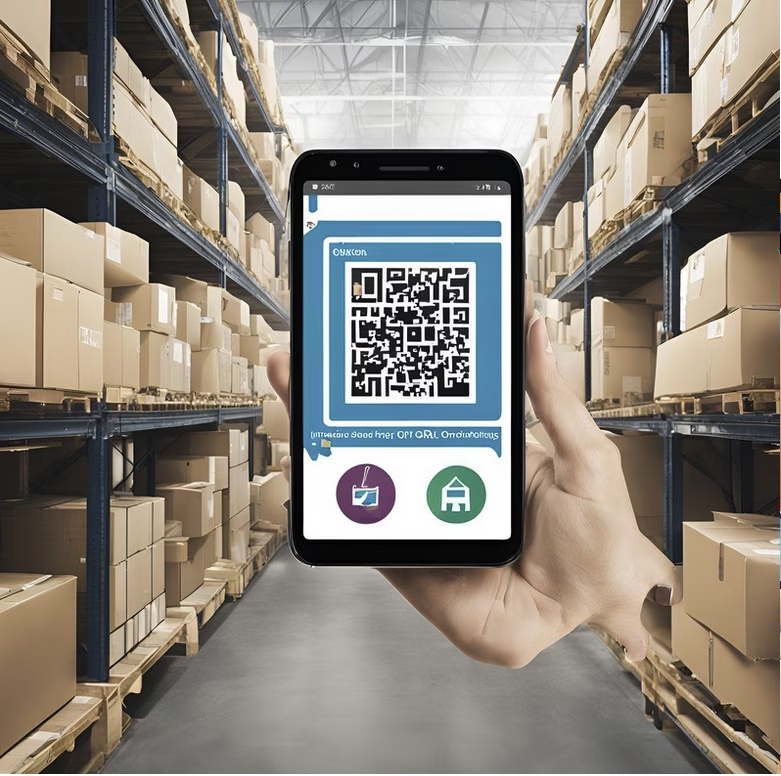
If your assets are frequently on the move – such as vehicles, deliveries, or construction machinery –
GPS tracking provides seamless monitoring. GPS devices transmit real-time data about the object's location,
enabling efficient management of mobile resources.
Examples of use:
Radio Frequency Identification (RFID)
enables the contactless collection of information about assets.
RFID tags store data that can be retrieved by readers from a distance.
Applications:
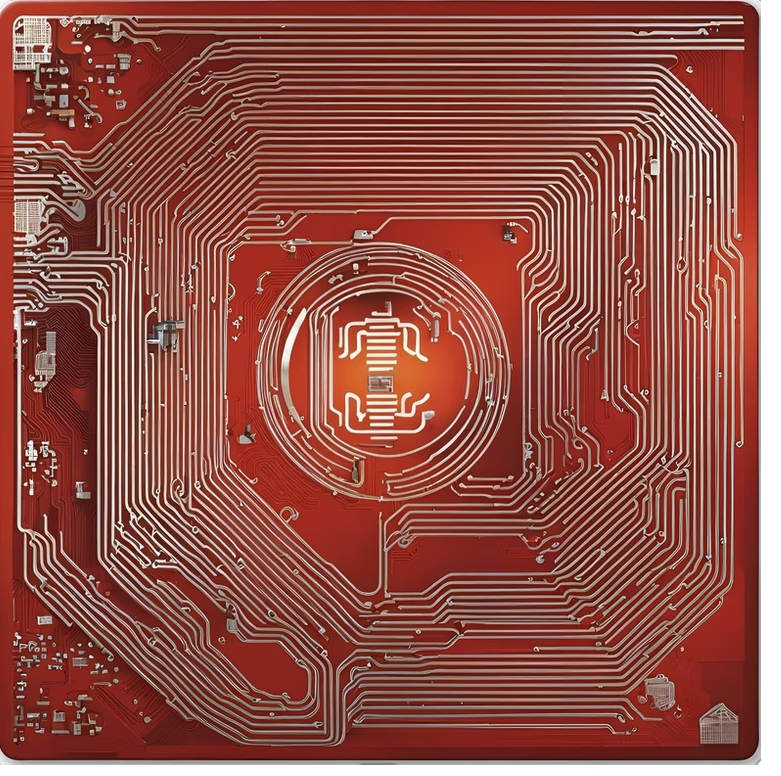
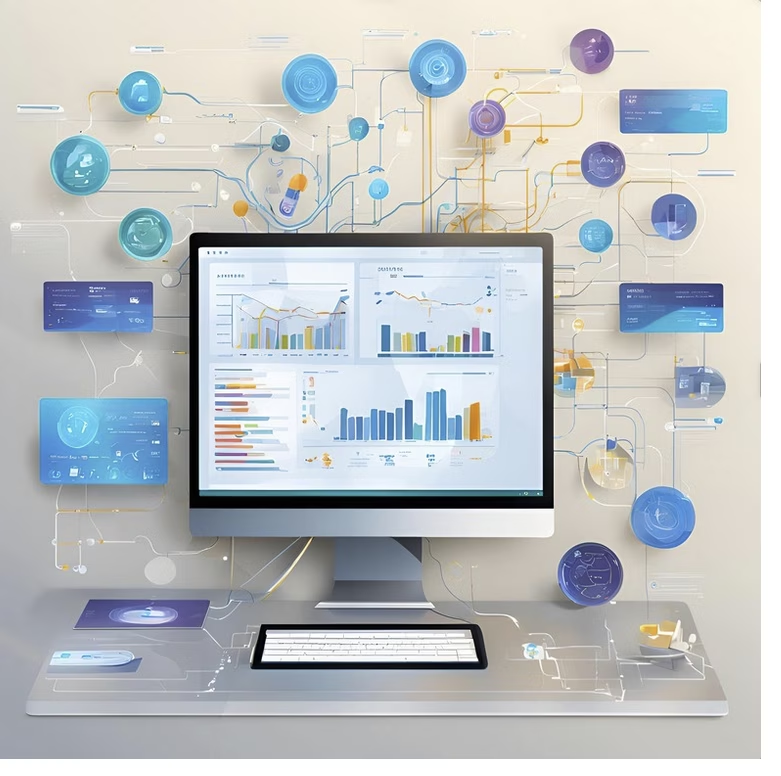
Digital platforms like spottr offer comprehensive features for asset management. With central software, you can:
Inventories
are a classic but indispensable method to stay on top of things.
Modern technologies such as barcode scanners and digital checklists make the process significantly easier.
Tips for efficient inventories:

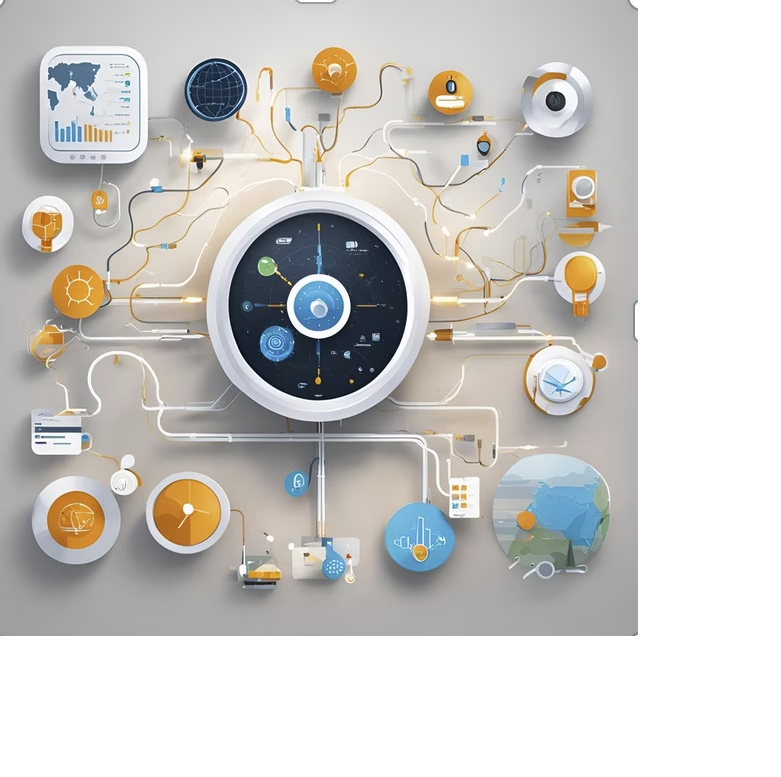
The Internet of Things (IoT)
has revolutionized asset tracking.
Sensors can be embedded in devices or machinery to transmit information such as condition, location, or
usage in real time.
Examples:
A simple but often overlooked method is physically labeling assets with tags or plaques. Combined with clean documentation,
you can keep track of the properties and locations of your assets.
Best Practices:
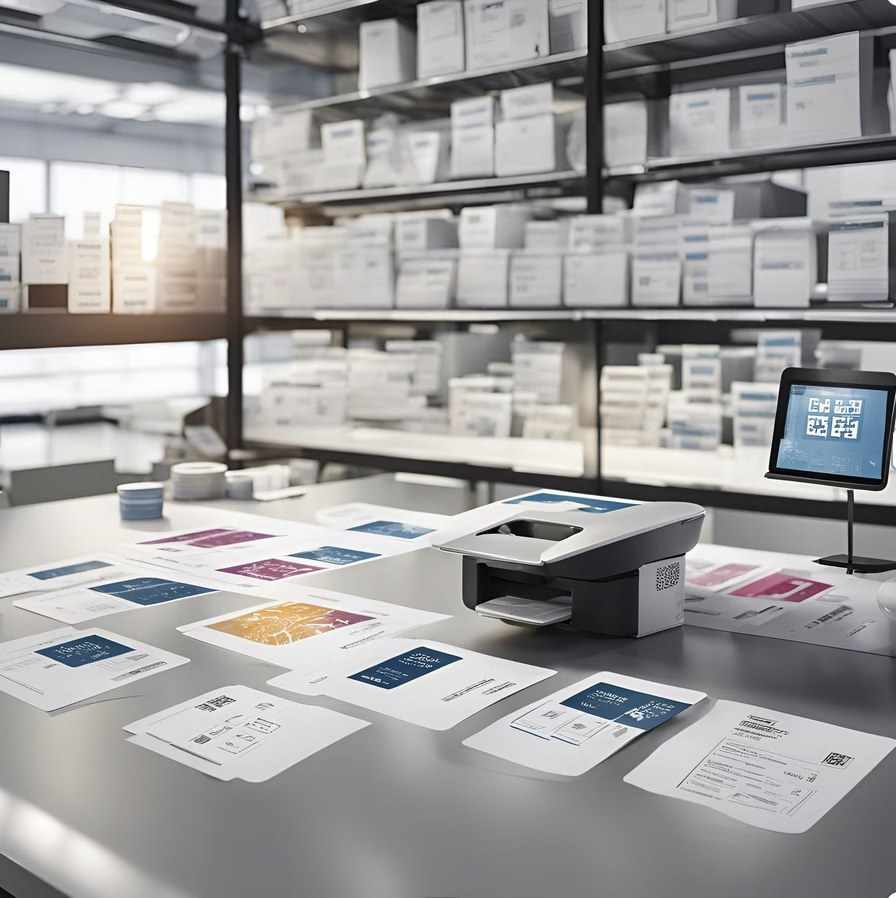
Contact us and find out how spottr can simplify and improve your processes!
Or simply try it out for free now.